When muscles become short and tight, they need stretching to elongate and release the spasm. The same goes for pelvic floor muscles which require stretching.
Located within the pelvic cavity, these muscles can become short and tight for a number of reason; from the trauma of pregnancy and childbirth, to the trauma of sexual assault. Infections, inflammation, pain, pelvic or abdominal conditions and surgeries, can also be factors that influence pelvic floor muscle dysfunction.
Men are no strangers to this condition either, as men can also suffer pelvic floor muscle spasms. To overcome this, patients are often prescribed stretches as part of a home program to elongate and release the muscles.
Kenael Segal, PT, DPT who is an Orthopedic and Pelvic Floor Physical Therapist and owner of Lotus Physical Therapy and Wellness in New Jersey shares some of her favorite stretches:
5 Stretching Exercises for Pelvic Floor
Child’s Pose
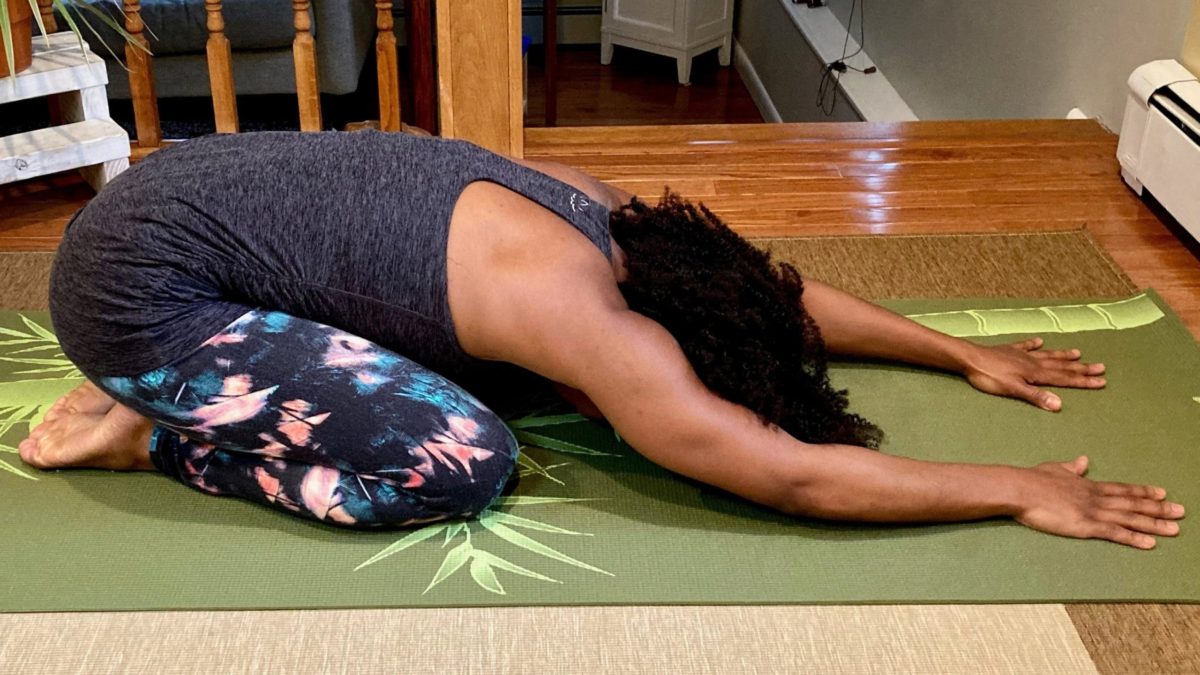
This pose relaxes the muscles of the pelvic floor and the low back at the same time. It enhances the ability to breathe into the pelvic floor, feeling a downward movement as you breathe in, an essential motion to elongate the tightened muscles.
Happy Baby
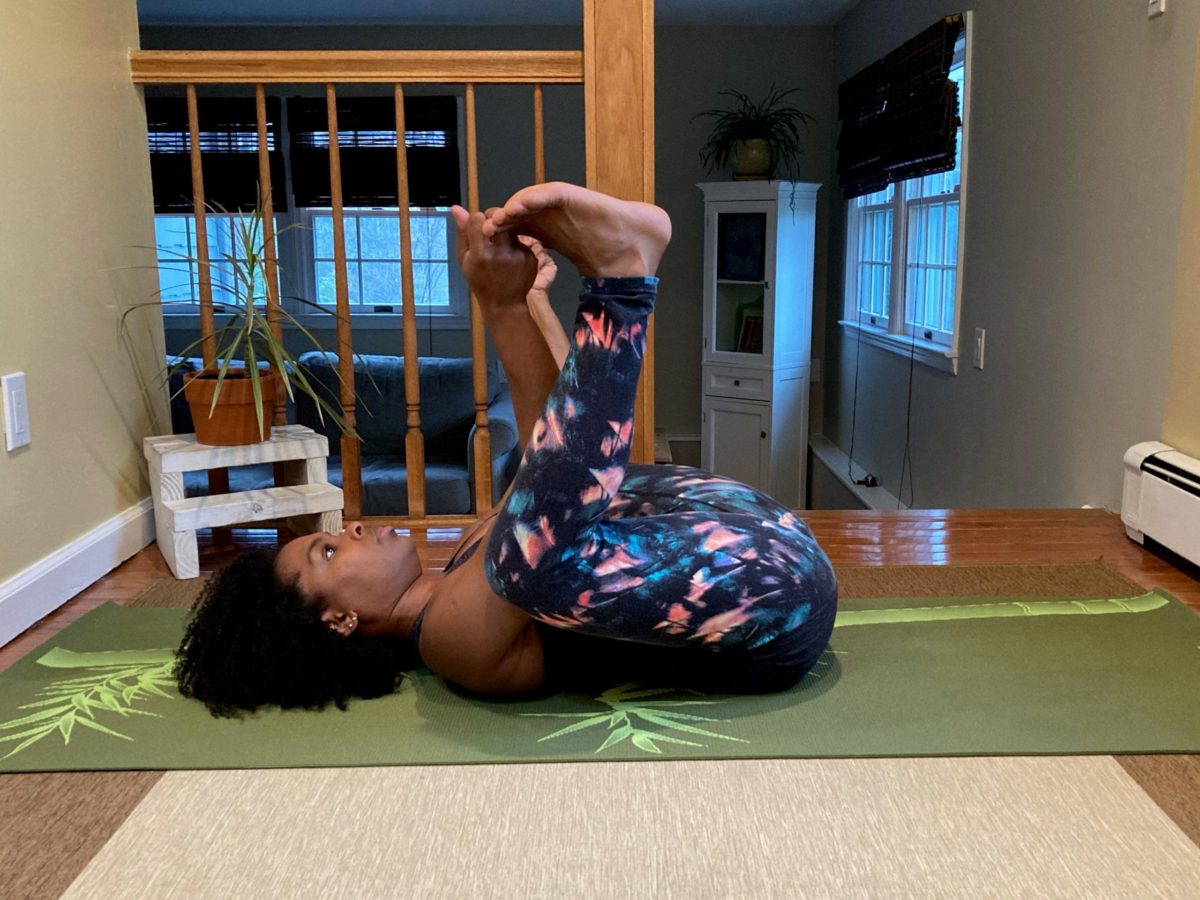
This exercise stretches the inner thigh, and back muscles as well. If you’re unable to grab your toes, you can hold the ankles or even behind the knees.
Supported Deep Squat
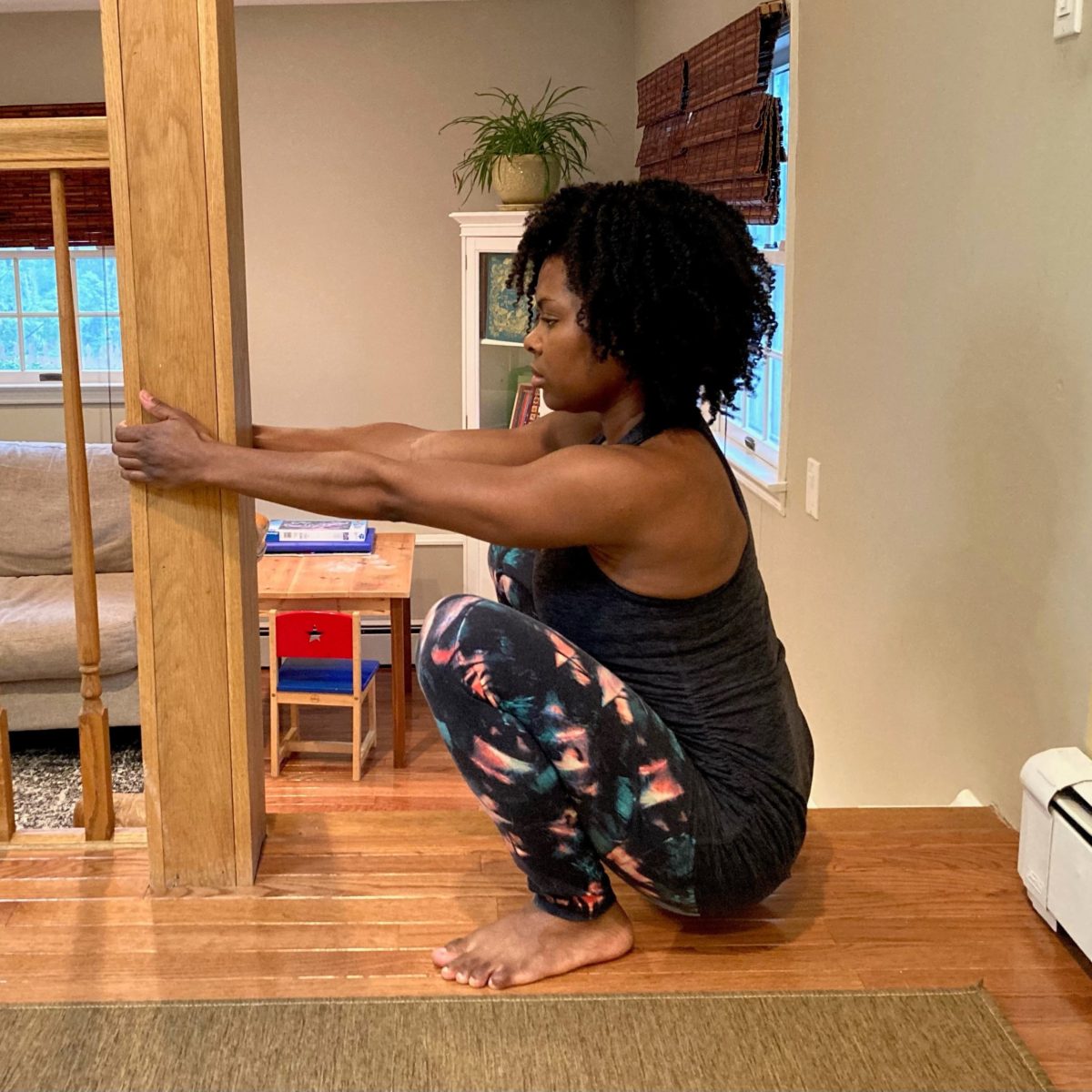
This is the mother of all pelvic floor stretches as it enhances the ability to fully breathe into the pelvic floor. Having the support of something sturdy like a doorframe, allows you to fully relax into the pose. Place a rolled towel under the heels to get even more comfortable.
Figure Four
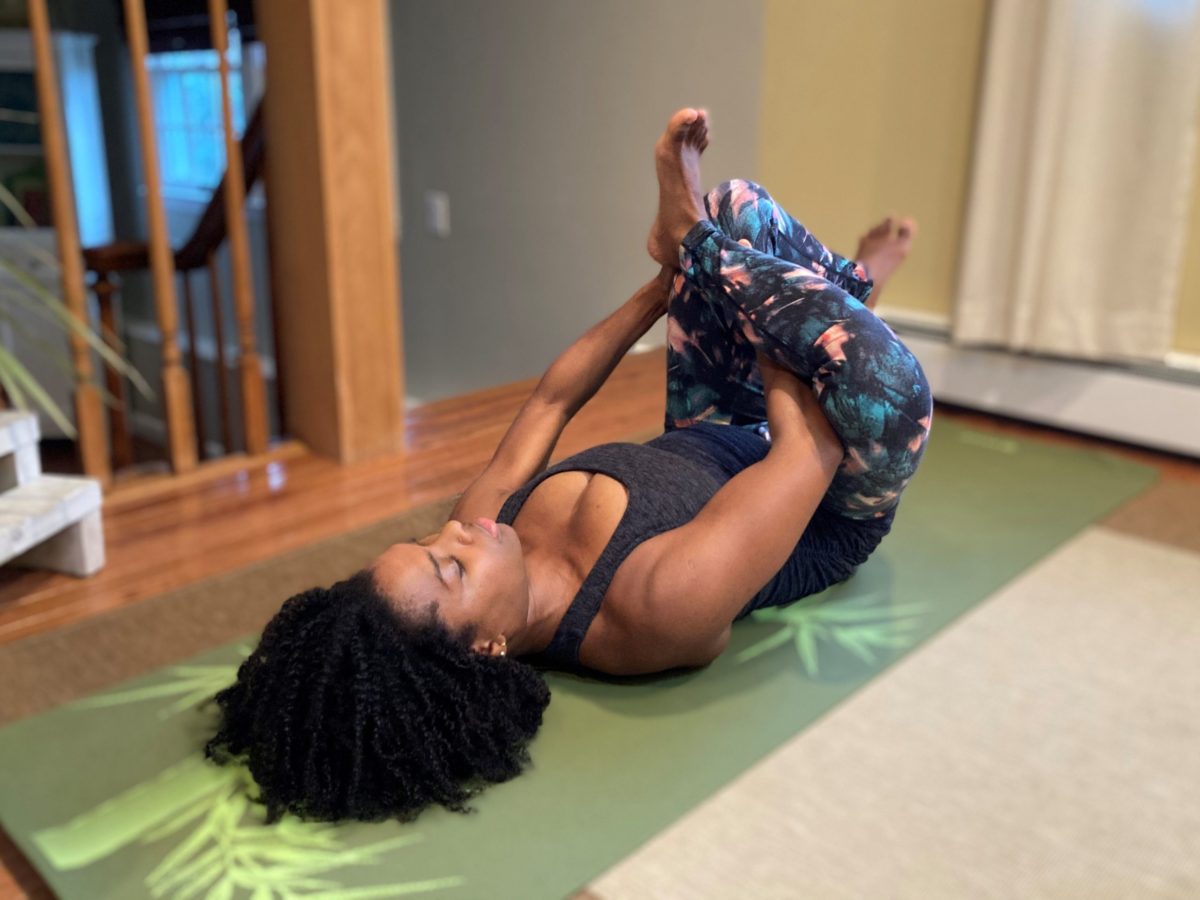
The pose targets the hip muscles deep to the glutes that share the same attachments as some of the pelvic floor muscles.
Frog Pose
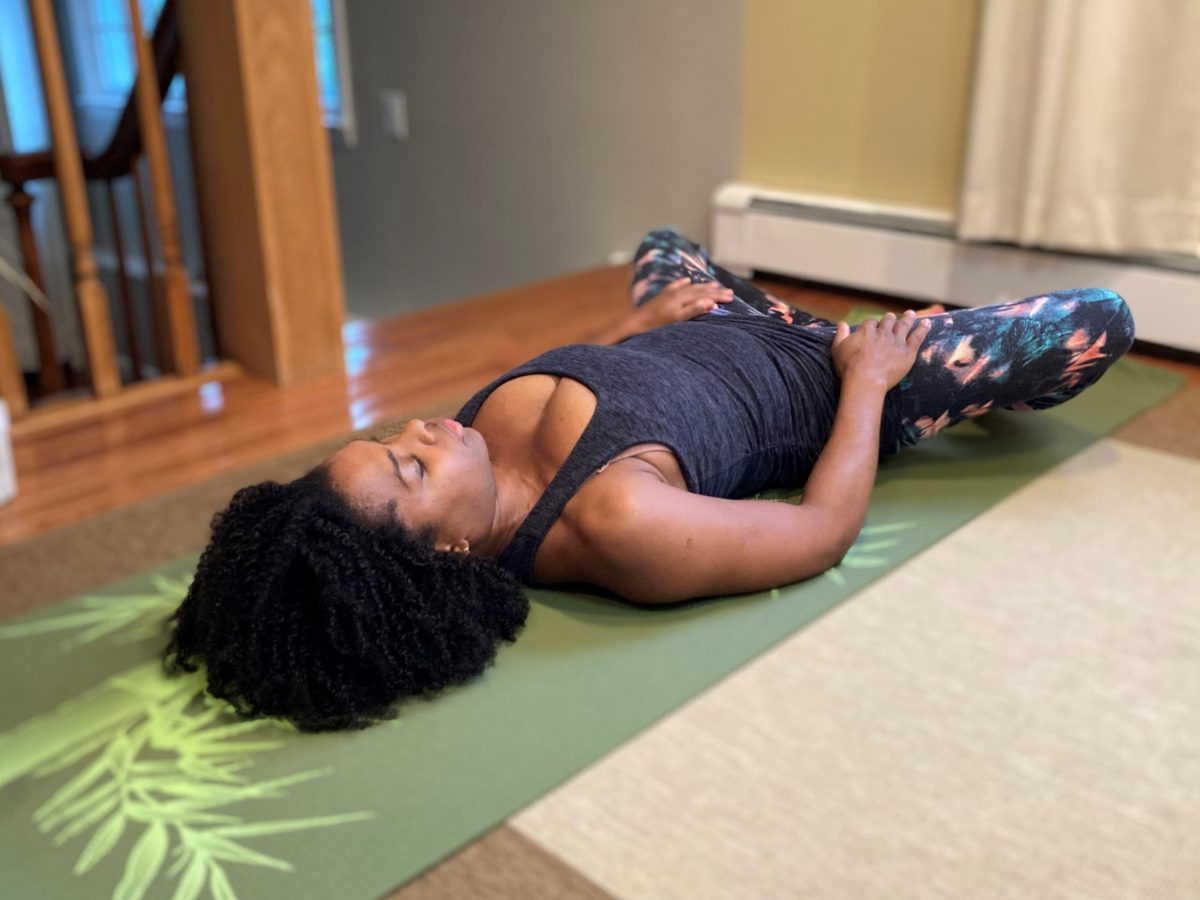
This one stretches the inner thigh muscles which also shares some of the same attachments as some of the pelvic floor muscles
For every pose, practicing a relaxing breath, breathing deeply into the belly and pelvis for 10-15 breaths, will enhance the stretch.
Practice daily to see the full benefits of the exercises and you may even notice an overall sense of relaxation, also essential to overcoming pelvic floor muscle spasm.
About the Author:

Kenael Segal, PT, DPT is the owner of Lotus Physical Therapy and Wellness in New Jersey. She focuses on treating men, women and children with pelvic and abdominal dysfunction using traditional techniques, such as manual therapy, and alternative techniques, such as lifestyle modification and meditation.
She’s also a Pilates instructor, a yogi, wife and mother of three children.
Disclaimer
The Content is not intended to be a substitute for professional medical advice, diagnosis, or treatment. Always seek the advice of your physician or other qualified health provider with any questions you may have regarding a medical condition.